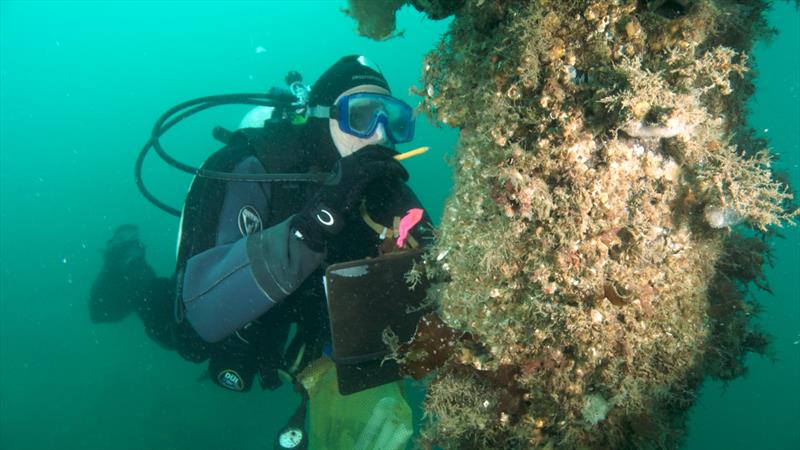
Science and Stewardship: Keys to restoring Kachemak Bay
by NOAA Fisheries 3 Aug 2018 12:37 UTC

Learn how NOAA and partners are studying the Kachemak Bay ecosystem © NOAA Fisheries
Located in southern Cook Inlet, Alaska's Kachemak Bay Habitat Focus Area supports important recreational, subsistence, and commercial fishing.
The region has experienced significant declines in shrimp and crab that have not recovered despite fishery closures. NOAA is working with many partners to study the bay ecosystem, monitor invasive species, and develop risk assessment tools.